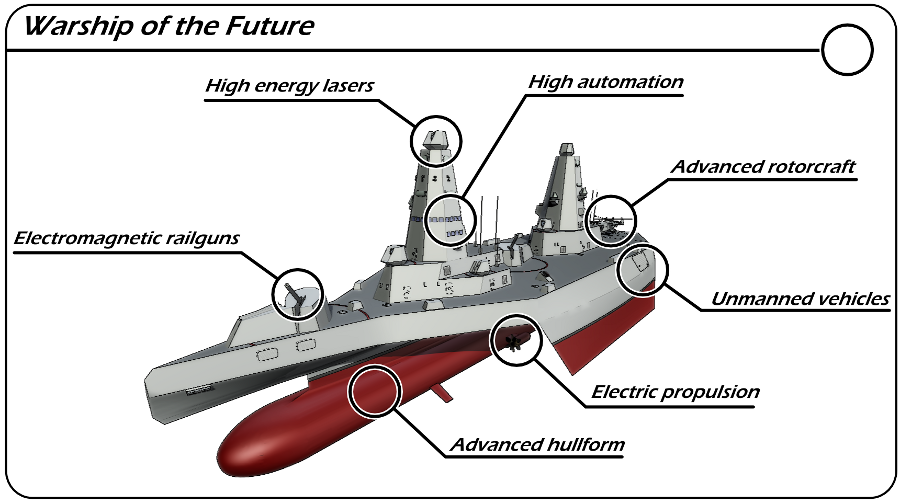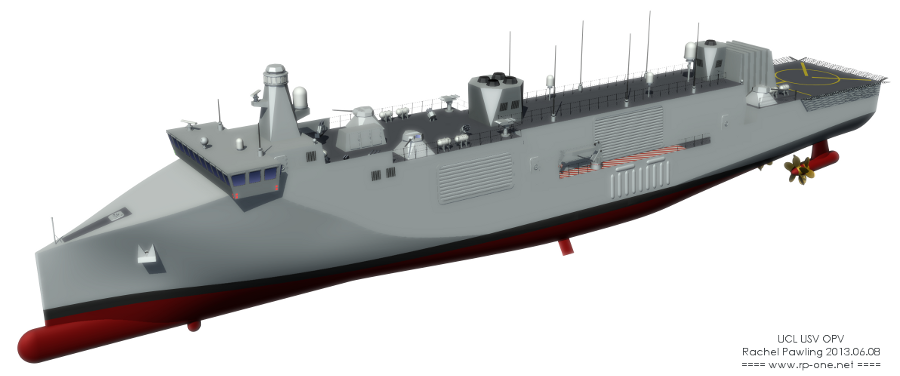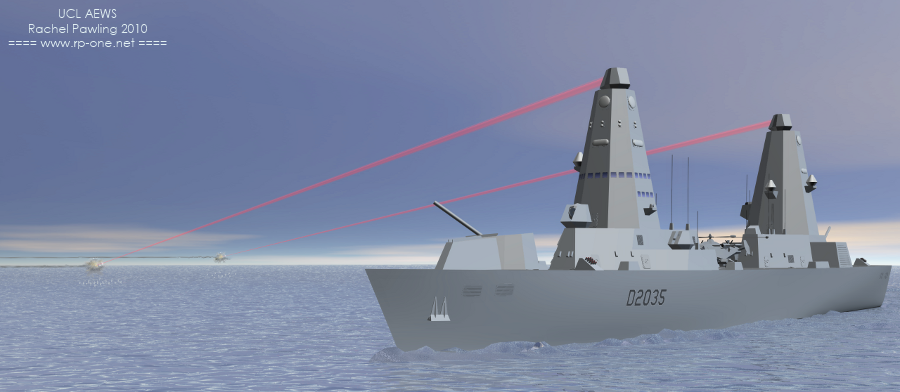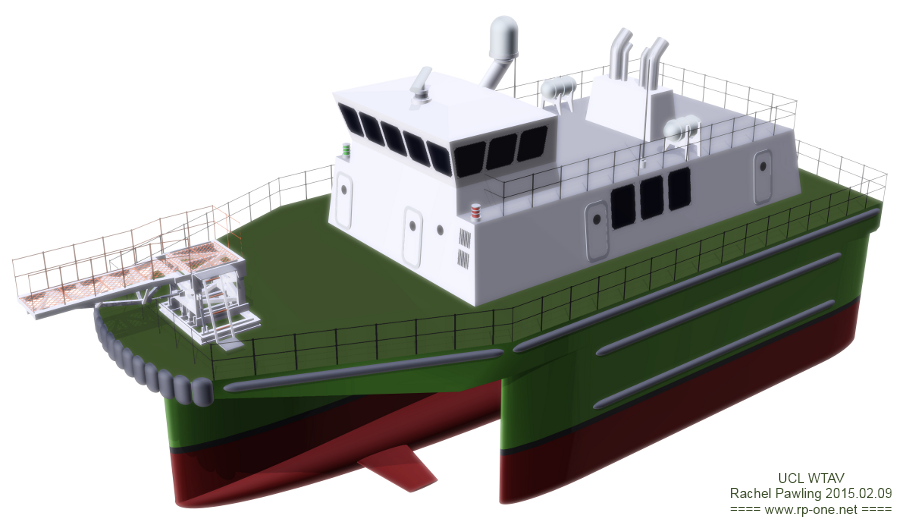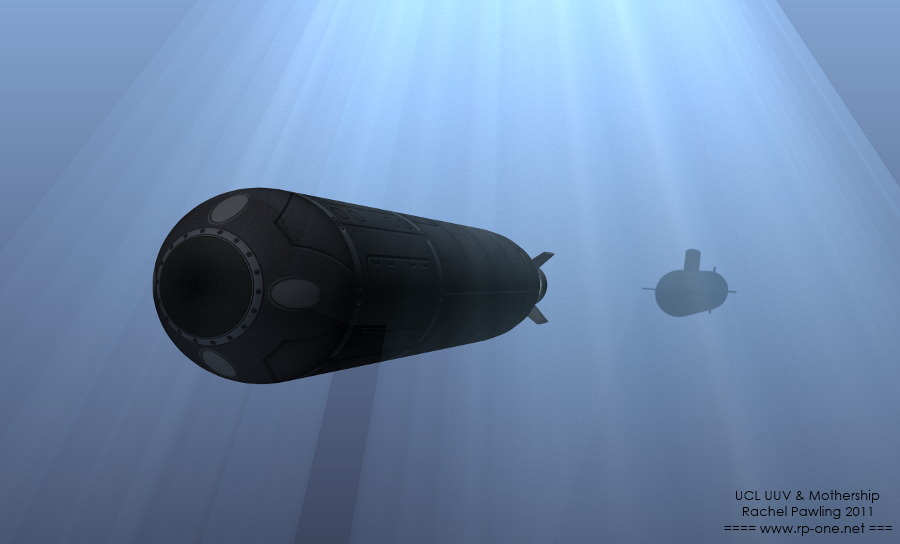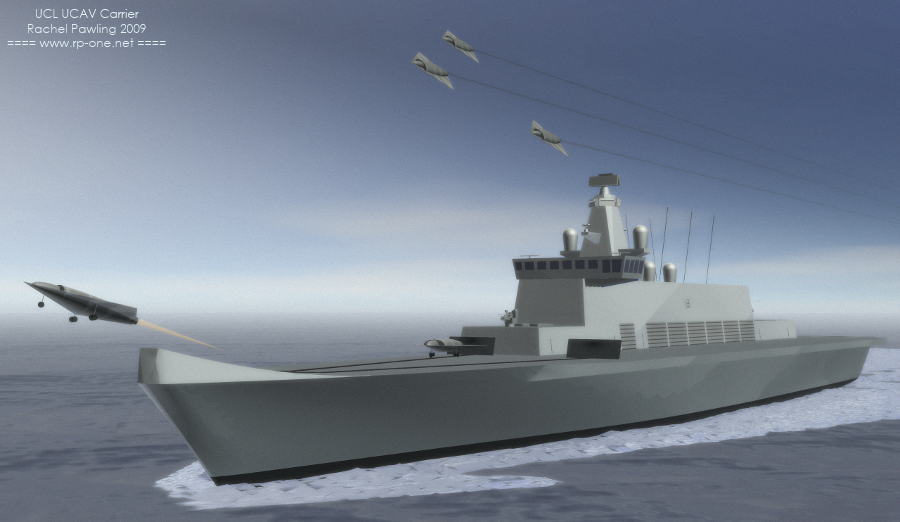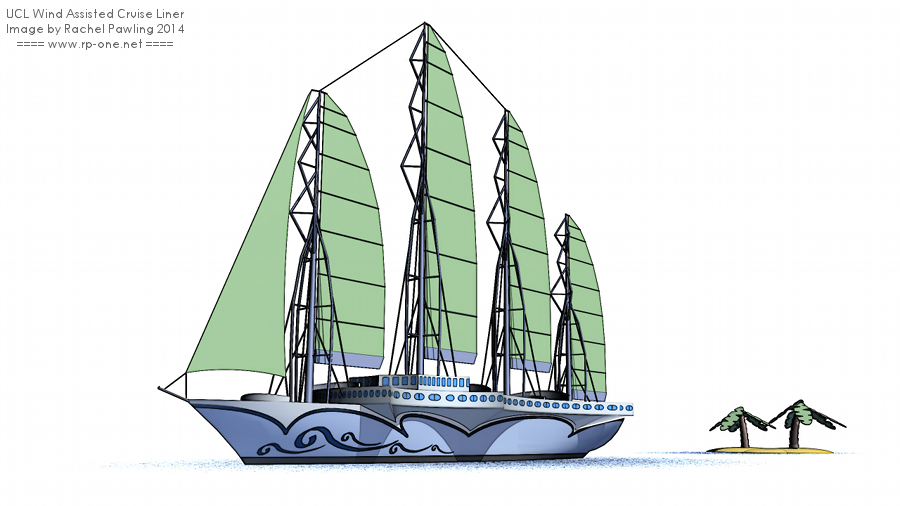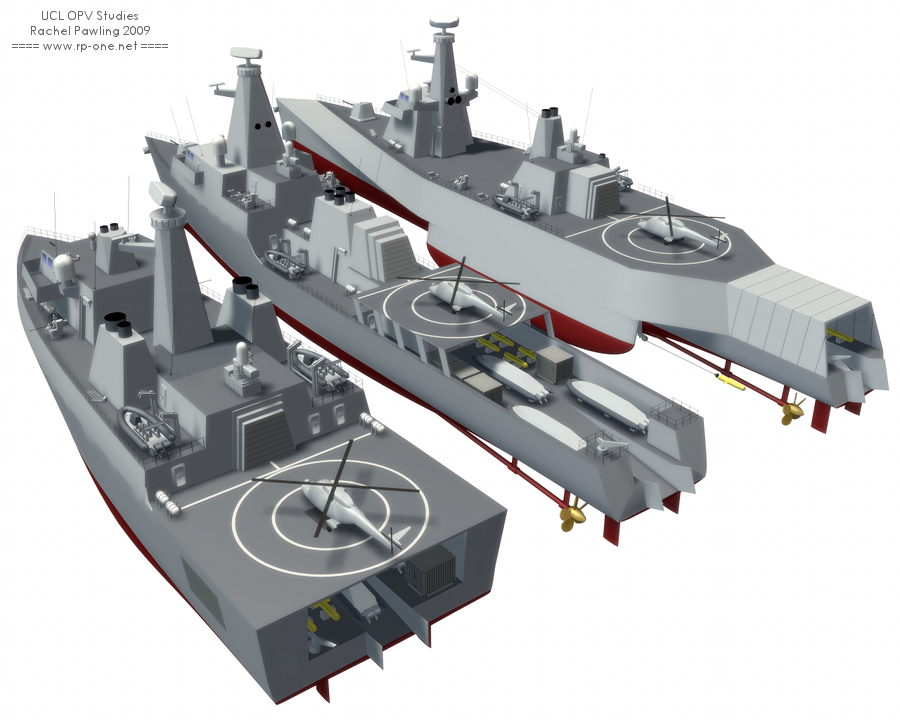  |
Introduction |
|
Ship designs are developed
in the UCL Department of Mechanical Engineering
for two purposes. Firstly, as part
of the MSc Ship Design Exercise, a yearly
group-based design project, and secondly as part
of research projects in the Naval Architecture and
Marine Engineering (NAME) and Design Research
Centre (DRC) components of the Marine Research
Group (MRG). This page illustrates some of the
designs developed as part of these activities.
|
|
  |
References |
| UCL
Department of Mechanical Engineering Marine Research Group |
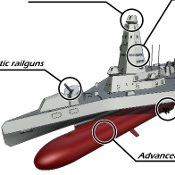 |
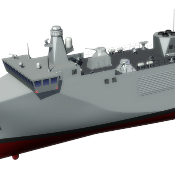 |
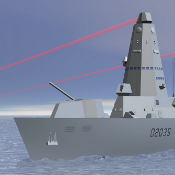 |
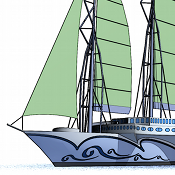 |
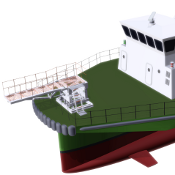 |
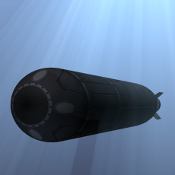 |
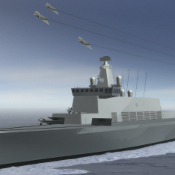 |
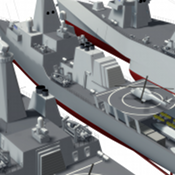 |
Images ©
Rachel Pawling, 2015
Correspondence to r.pawling@ucl.ac.uk
ucl_s - v.1
Correspondence to r.pawling@ucl.ac.uk
ucl_s - v.1





